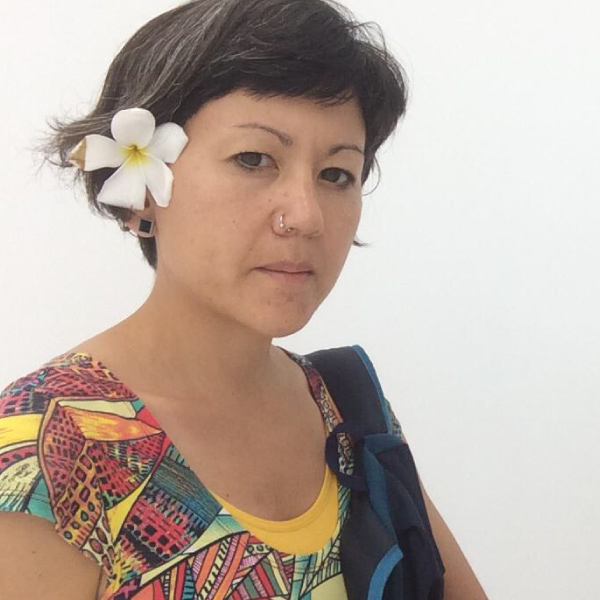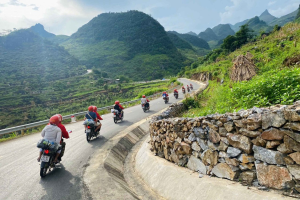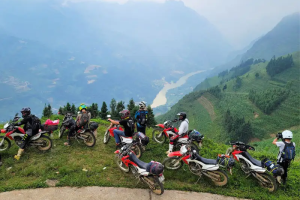If you’re wondering How much money do I need to do the Ha Giang loop?, or you have any other money related questions when traveling around Northern Vietnam, this article may be useful to read. Here, I’ll give you a good idea of the expenses you should expect along the loop, organized by categories and itemized as much as possible, so it helps you create your own budget.
This article is ideal if you want to rent a bike and do a self-guided trip of the loop. Because if you just go for an all-inclusive tour, you won’t have to think about all this! At QT Motorbikes & Tours, tours include just everything: motorbike, insurance, food, accommodation and, most importantly, the guidance of a local, experienced English speaking guide who can customize an ideal trip for you.
If you’re not sure whether to rent a bike or sign up for a tour to do the Ha Giang loop, take a look at this article: The Ha Giang loop: Renting a Bike vs. Joining a Tour.
So, let’s start right away! Here’s the final answer to how much money you’ll need need to do the Ha Giang loop:
1. Motorbike [& Optional Insurance]
Let’s say you opt for renting a bike then. First of all, you need of course a bike to do the loop! The prices vary a lot, depending on the model and if you’ll include insurance or not. You can find all QT’s prices here, where you can also reserve a bike before arrival.
I rented the YAMAHA SIRIUS semi-automatic, 110CC, for only 150.000 VND a day + 70.000 VND for insurance. I highly recommend you pay for the insurance, especially if you’re not an experienced driver. For just USD 3 a day, you make sure a stupid little accident won’t ruin or shorten your holidays because you unexpectedly need to pay a big amount to repair a bike. If you ask me, I’d never hesitate!
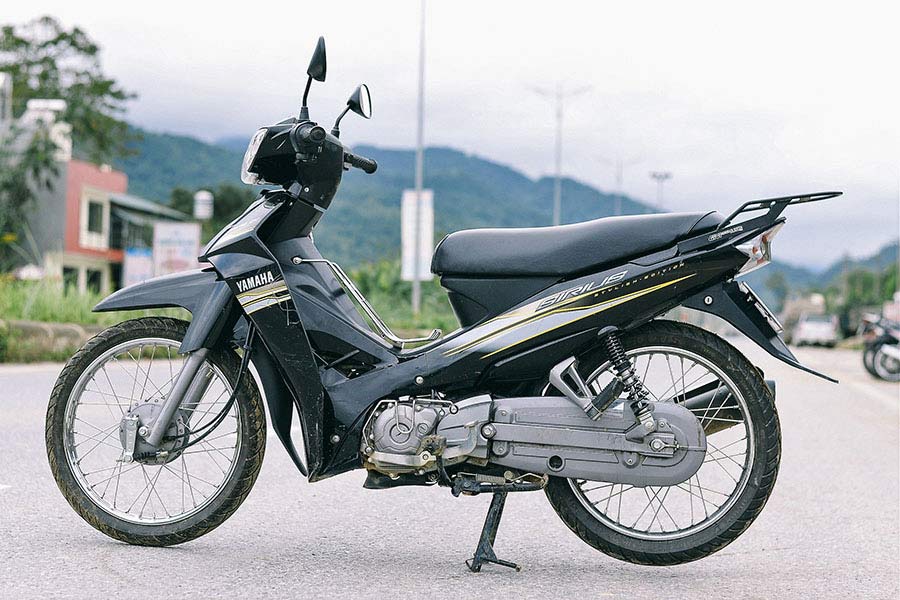
Of course, the bigger and cooler your bike, the more expensive the rent. The price can rise up to 650.000 VND a day + 300.000 VND for insurance if you’re an experienced rider and want to enjoy the ride on a Honda XR150.
In any case, choose your bike, multiple that number for the amount of days you’d like to be on the road, and you’ll have the amount you need to consider for the bike rental.
The great thing at QT is that you’ll pay for the amount of days you believe you’ll need to do the loop. But if you come back earlier, they’ll give full refund, and if you stay out longer than contracted, you just pay the extra when you finally return, no penalties!
2. Fuel
The price for the fuel is around 20.000 VND for 1,2 litres. How much fuel you’ll need will depend on the bike itself and your own weight, as well as your luggage’s. So it’s hard to say a proper number. However, for you to have a general idea, if you’re riding solo on a small, 110CC bike alone, expect to spend around 50.000 VND a day on fuel.
There are many gas stations along the loop: you can find one in almost every town you pass by, which might be around 40km (25 miles) apart.
3. Food
Just like your bike, you’ll also need to refuel and recharge along the road. There are many, many options for food you can try on the loop. But in general terms, food in Northern Vietnam is cheap and quite yummy!
We have plenty of suggestions on what to eat along the Ha Giang loop! Check Where And What To Eat Along The Ha Giang Loop (A Foodie’s Guide) by Paloma, and take a look at Samiksha’s Guide For Vegetarians In The Ha Giang Loop if you don’t eat meat or you simply enjoy vegetarian food!
Consider paying around 30.000 – 50.000 VND for breakfast, but also bear in mind some accommodations may include this meal. As for lunch and dinner, you might pay something around 70.000 – 120.000 VND for good but not luxurious meals; a bit more if you’re adding up some beer or happy water at dinner.
If you travel as a group the common practice is to order a few dishes and share around the table, which can be great both for the pocket and the taste buds!
Finally, do assume you might get some coffee and/or afternoon snacks. Not only is Vietnamese coffee awesome and there are tons of snack options in markets and street-stands. Also not forgetting the variety of seasonal, sun-matured fruits to enjoy. Snacking-stops are great excuses to rest from the ride and take splendid pics of the landscape surrounding you. For these stops, you might spend 10.000 VND – 40.000 VND.
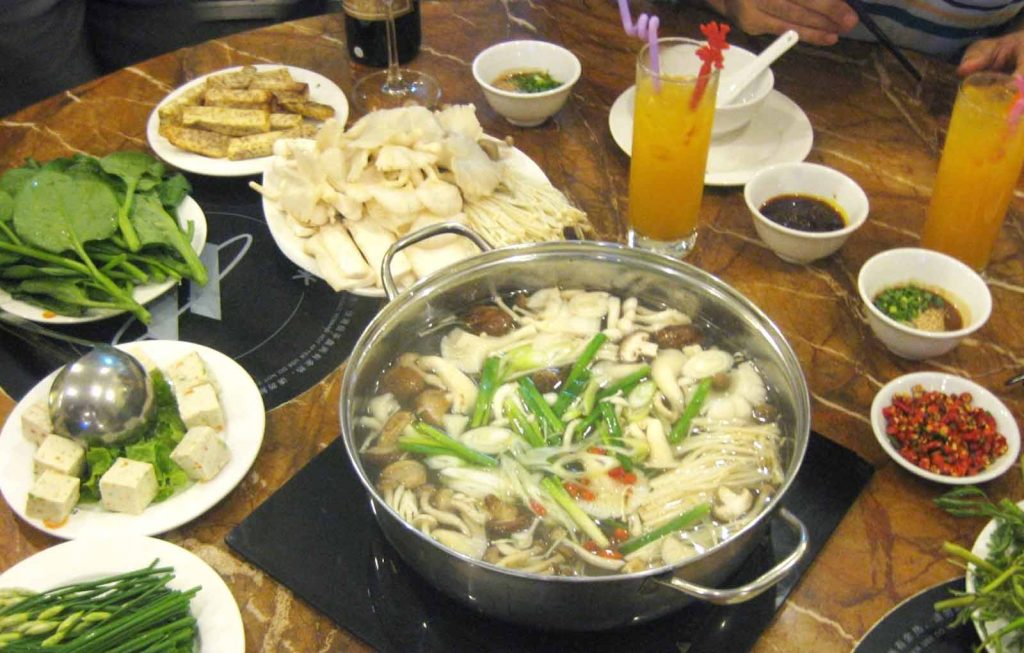
So roughly, you shouldn’t spend more than 200.000 VND – 250.000 VND per day to enjoy three local, delicious meals and even some snacks!
4. Accommodation
There are many beautiful homestays, hotels and guest houses along the loop. Finding a good place to stay is normally never an issue. Some places you may book online, but remember that booking in advance take away a lot of the flexibility of an adventure. Also consider that booking sites take away 20% or more of the fee in commissions. For small family run businesses, that’s a lot, so if you wish to support locals get contact numbers from QT or just show up on arrival. I paid VND 220,000 for one night in a dorm room with the included breakfast and dinner.
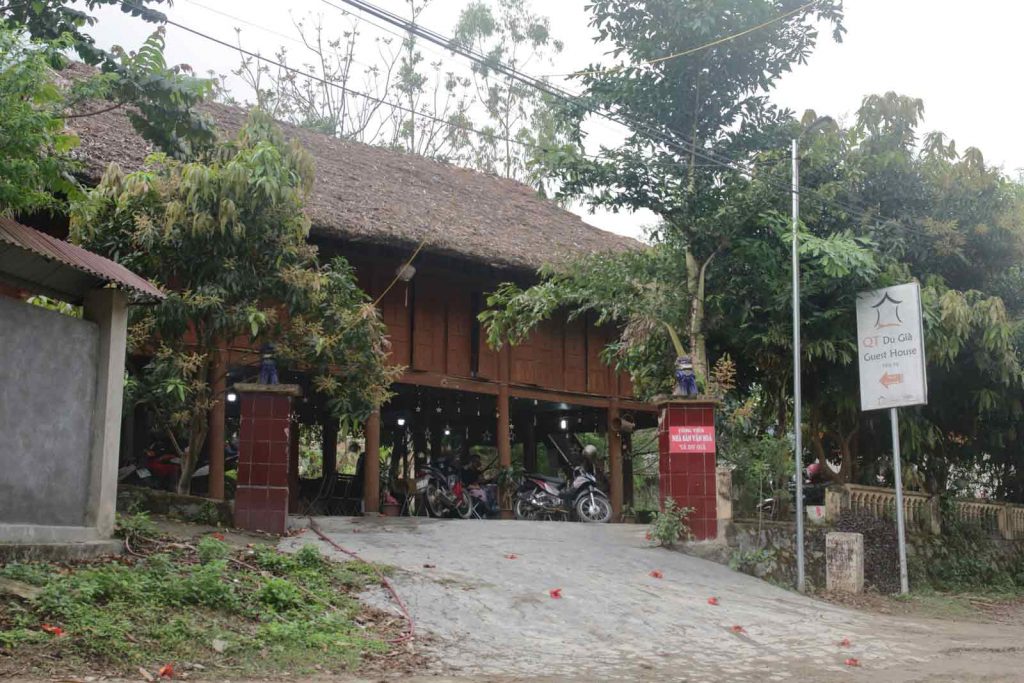
Genuine ethnic minority homestays charge between VND 220,000 to 260,000 for a package of dinner, bed and breakfast. There is now plenty of places named “homestay” but, in reality, is just another guest house. Nothing wrong with that, but if you want the true experience, QT team will advice you on some really good places. Most homestays offer sleep in a dorm setting. Some do have private rooms and for these you may have to pay a surcharge of VND 200,000 to 400,000 per night.
Dinners in homestays are mostly family oriented (the dishes are served in the middle of the table). It’s a great way to meet not only locals, but also other travelers as well.
5. Entrance Fees, Souvenirs, Miscellaneous & Tips
Entrance fees
Most spectacular views and sights along the loop are completely free to enjoy. There are however a few sights where there are entrance fees. Most notably the Lung Khuy Cave, the Lung Cu flag tower, the boat tour on Ngoc River and the Voung Mansion (the “Opium Palace”). Each of these places charge between VND 50,000 and VND 90,000.
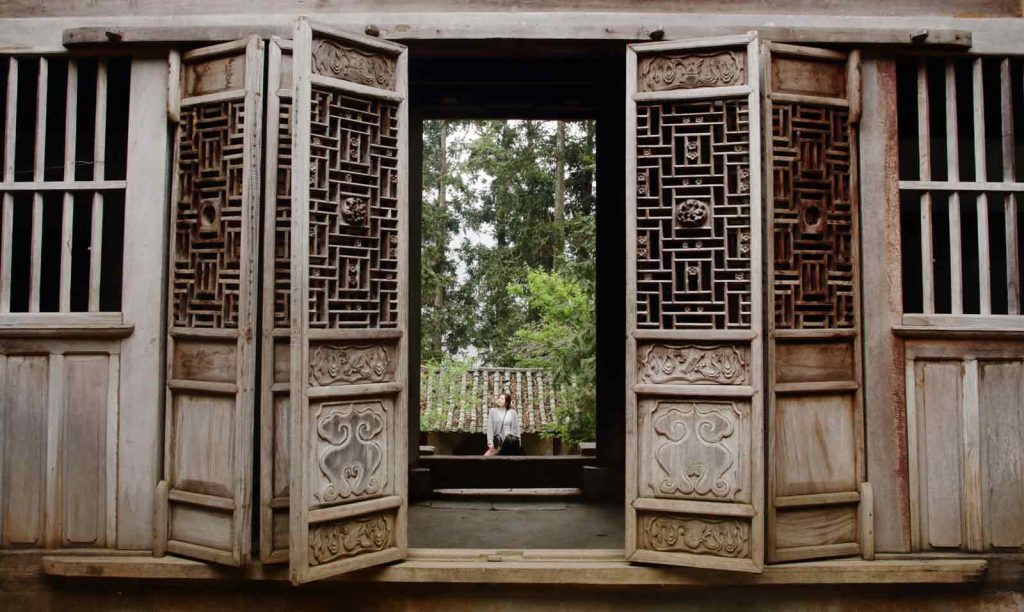
On the other hand, you may know the Ha Giang loop goes through the Dong Van Karst Plateau Geopark, and there’s a fee for foreigners to get in. Truth is the area is part of UNESCO’s global geopark networks, but there are no entrance gates and no one asking you for an entrance fee. So technically speaking, you should obtain a permit at the immigration authority in Ha Giang City, or at any police station along the loop. However, no one is likely to check you on this. And even if they did, you’d simply have to pay the VND 250,000 that this permit cost. So it’s a little bit up to you if you wish to budget for this or not.
Souvenirs
As for souvenirs, don’t expect to spend too much on them. Even if you visit local markets, don’t think you’ll be overwhelmed by items meant for tourists. There is however one place you may find quality souvenirs: the female weaving cooperative in Lung Tam village, around 30 km or an hours drive north of Tam Son (Quan Ba town). This is a great stop along the loop. Here’s you’ll be amazed by the skills and techniques of these women trying to preserve old traditional ways of making material and clothing. Nowadays, you can find their items in all tax-free shops of Vietnam, but here you can also visit their little shop and have some great items to bring home to friends and loved ones.
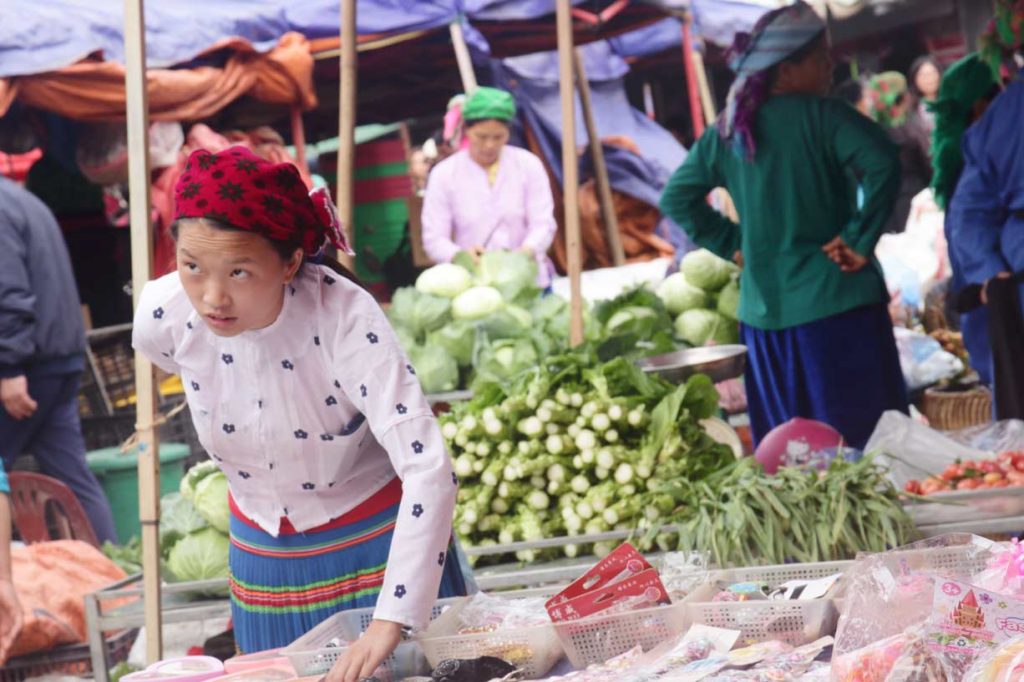
Miscellaneous
Other possible expenses include a local guide if you hope to do a bit of lighter trekking one day. Excellent choice if you have that extra time available! Many homestays may assist you with a local guide (don’t expect great English skills, but the person will know the paths!). This might cost you between VND 200,000 and VND 600,000 for a full day trek. The fee might include a packed lunch. If traveling as a group, you would obviously split this cost.
Tips
Finally, giving tips is not really a practice in Vietnam. That doesn’t mean that people wouldn’t appreciate it. Good service at a homestay, by a guide or at a restaurant might be worth to appreciate a little. As Ha Giang is one of the poorest provinces in Vietnam, there’s no harm to round of bills when purchasing from the small shop or fruit stall.
6. To Sum Up: The Daily Cost For The Ha Giang Loop
As you already know, I can’t tell you exactly how much money you need for the Ha Giang loop. It depends on you. However, hopefully this post did give you an idea of the costs you’d face so you can plan your trip with a budget on mind!
ATM TIP! I’d recommend you bring roughly 2 to 3 million VND for a 4 day loop if you’re not too extravagant. Have no fear if you do happen to run out of money; there are ATMs in the towns of Quan Ba, Yen Minh, Dong Van and Meo Vac. However, you won’t meet an ATM at every corner, nor you’ll be able to exchange money after leaving Ha Giang, so do plan your cash availability!
Here is a summary of a likely daily spending. It’s based on a traveler riding a semi-automatic beginner bike and staying in common sleeping areas of homestays.
- MOTORBIKE: 150.000 VND
- INSURANCE: 70.000 VND
- GAS: 50.000 VND
- FOOD: 230:000 VND
- ACCOMMODATION: 100.000 VND
- MISCELLANEOUS: 50.000 VND
- DAILY TOTAL: 650.000 VND*
*Roughly USD 28 / USD 25.
